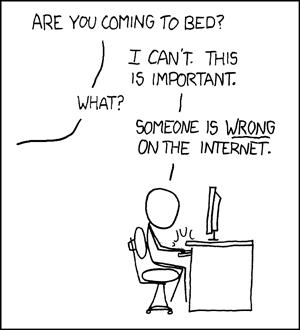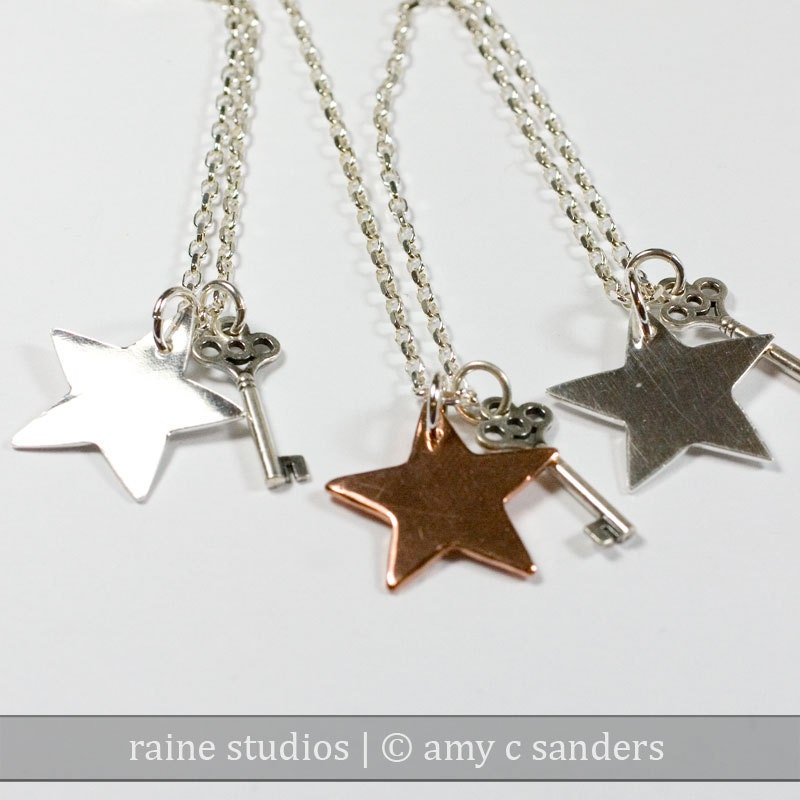Mar 20 2012
Wrapping up loose ends…
The internet drama seems to be over — it looks like the culprit, Capturing Essence (whom I will now refer to as CE) has removed all the offending photographs, including ones she’s altered in photoshop and then placed her own watermark over.
From what I saw from a long message thread on her facebook page (I’m afraid it’s gone now though) I am feeling a bit more gently to her as just not understanding the nature of intellectual property. I think she truly thought she was perfectly in the right in doing what she did. Sadly, I think she is one of the many people on the internet who are misinformed on what is “OK” and legal in terms of photo use. A lot of folks think that photos out on the inter-webs are free for the taking, and can be used however they like. Often they can be used however one would like, once the common courtesy of asking, obtaining permission and referencing the owner has been done.
The comment in question was this one, by “Irish Forge” (who stated in an earlier comment on CE’s wall that Capturing Essence is a division of “Irish Forge”) (typos have been corrected):
Irish Forge: “…A generic weave on a generic or one colored background does not meet the requirements of unique and original expression to fall under copyright protection. Anyone can take a picture of the same weave on the same colored background and it will look the same. That is why copyrights must be original in express and process to produce.”
So basically, because the stolen images that CE used were of a basic weave (not a complex, original chainmaille design, but something basic that everyone under the sun has done for decades) and shot on a basic background — this means the photos are not “original and unique” enough to warrant ownership by the photographer.
This is absolutely NUTS. And legally WRONG.
Let’s put aside the law for now and just look at this from another point of view.
When I started taking my photographs, HO BOY were they crappola. I have a very nice Canon 30D and I still couldn’t manage to get good shots. I hopped on the internet, read about ISO, aperture, made a light box, sprung $500 for an awesome macro lens, bought daylight bulbs to use with my lightbox, researched what I need to do in photoshop with my RAW images to correct the white balance, adjust hue, saturation, contrast, brightness… I could go on and one because this journey of jewelry photography for me still goes on to this day! And I would venture to say that the majority of jewelry artists that shoot their own work would agree with me!
And when I shoot my jewelry, I like to get some shots that have a nice bokeh effect — the front of the photo nice and crisp with the background fading gently into fuzzy unfocus – very artsy fartsy. I take more shots that have as much of the piece as crystal clear as possible. I take some from above, I take some rom the side, sometimes I stick my head + camera right up close to get just the right look. I take a LOT of photos, toss most of them, and keep the best. I spend hours a day in SHOOTING the photographs, and then more hours PROCESSING them in photoshop on my computer.
So yes, while it may look to the untrained eye that my basic chainmaille bracelet is sitting there on a basic background could look the same as any other of that same weave on the same background — The fact is, it never will. The background will be a different shade, in different light, with the camera using a different aperture, different ISO, shooting from a different position, using a different focus point, shutter speed, a small child hollering in the background, “WHERE’S MY LEGO ROBOT??” that causes me to shift imperceptibly, blah blah blah blah blah… Every photograph is a one in a million shot! Uniquely different and utterly original.
And that is just the photo itself! If my photo is stolen from me, they are not only stealing the file of digital data that makes up that image, they are stealing all the time I have spent in LEARNING how to take that photo, the time I spent in trying different light bulbs, making light boxes, the money I spent on my macro lens and light box, the years of experience I have in tweaking the photo in photoshop to make it look just right.
It is MY PHOTOGRAPH, and for anyone to say that it is not original and unique enough to warrant copyrighting …. well, to me, that speaks of a absolute lack of understanding of photography and art.
It’s not original and unique? OK, smart ass, let’s see you go take one EXACTLY like it — it is impossible. I can’t even take one exactly the same.
So now, let’s look at it from the very simplest moral ground.
Taking something that you did not create or produce and claiming it is yours — that is stealing. Plain and simple. Did you make that bracelet in the photograph? No you did not. I did. Therefore it is indicative of MY WORK — NOT YOURS. You are representing something as your own that is NOT YOURS. Just going from a preschool level of right and wrong…. that is just wrong. It is STEALING, and it is LYING. End of story.
And that is why copyright exists — to protect someone’s property from theft.
What is copyright?
Copyright is a form of protection grounded in the U.S. Constitution and granted by law for original works of authorship fixed in a tangible medium of expression. Copyright covers both published and unpublished works.What does copyright protect?
Copyright, a form of intellectual property law, protects original works of authorship including literary, dramatic, musical, and artistic works, such as poetry, novels, movies, songs, computer software, and architecture. Copyright does not protect facts, ideas, systems, or methods of operation, although it may protect the way these things are expressed.When is my work protected?
Your work is under copyright protection the moment it is created and fixed in a tangible form that it is perceptible either directly or with the aid of a machine or device.
Quoted from U.S. Copyright Office
There are exceptions, and fair use rules and probably a lot more I don’t understand.. but I know enough to know that the way Capturing Essence was using the photos did not fall under any of that.
I’m glad this is over… the chainmaille community is pretty tight knit — and boy were we all over this one! I hop ethat a little more knowledge on the protections copyright gives us can educate others on what is and is not legal concerning photographs, and all forms of art out there.
-Amy
(who really is going to try to blog about normal stuff one of these days..)
PS – This xkcd comic is really befitting of the last few days around here…









